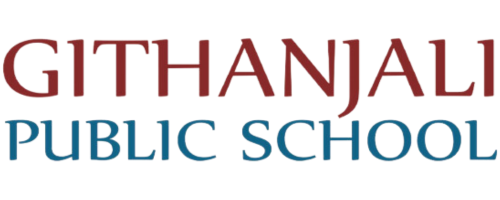The Innovation of Google Search: From Keywords to AI-Powered Answers
Starting from its 1998 debut, Google Search has morphed from a primitive keyword finder into a responsive, AI-driven answer technology. At first, Google’s triumph was PageRank, which evaluated pages depending on the integrity and amount of inbound links. This transitioned the web free from keyword stuffing toward content that obtained trust and citations.
As the internet proliferated and mobile devices proliferated, search behavior fluctuated. Google implemented universal search to consolidate results (information, graphics, playbacks) and then called attention to mobile-first indexing to demonstrate how people indeed visit. Voice queries with Google Now and thereafter Google Assistant prompted the system to analyze vernacular, context-rich questions instead of laconic keyword combinations.
The future leap was machine learning. With RankBrain, Google commenced understanding once unknown queries and user aim. BERT upgraded this by comprehending the subtlety of natural language—syntactic markers, context, and associations between words—so results more accurately aligned with what people intended, not just what they input. MUM stretched understanding over languages and mediums, enabling the engine to correlate similar ideas and media types in more sophisticated ways.
These days, generative AI is reimagining the results page. Demonstrations like AI Overviews integrate information from countless sources to give terse, applicable answers, ordinarily paired with citations and actionable suggestions. This lowers the need to select assorted links to collect an understanding, while despite this routing users to more comprehensive resources when they aim to explore.
For users, this journey translates to more prompt, more gyn101.com targeted answers. For writers and businesses, it favors substance, originality, and intelligibility above shortcuts. In coming years, forecast search to become more and more multimodal—elegantly consolidating text, images, and video—and more personalized, tuning to tastes and tasks. The evolution from keywords to AI-powered answers is really about altering search from finding pages to finishing jobs.


